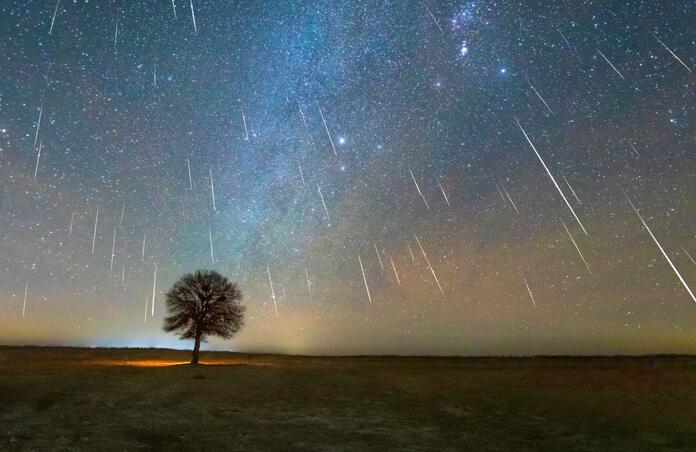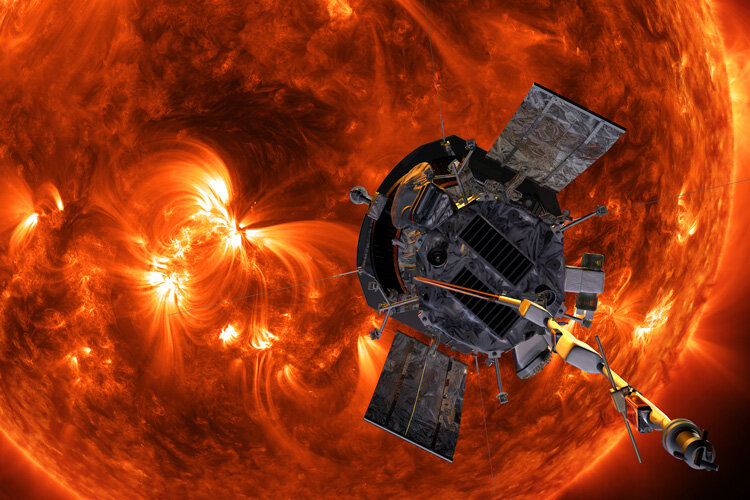Researchers resolve the mystery origin of the Geminid meteor shower

Researchers from Princeton have uncovered the most likely origin of the mysterious Geminid meteor shower, owing the stream to have formed as a result of a sudden catastrophic event. The findings have helped to narrow down hypotheses about the composition of the parent asteroid and the history which has led to this intriguing behaviour.
The mystery of the Geminids meteor shower has been an ongoing question for scientists due to the fact that the stream of meteorites comes from an asteroid instead of a comet. Most meteor showers are born when comets pass close to the sun, sublimating the ice on its surface which is released as a tail of gas. This gas subsequently drags pieces of ice and dust with it, and the material forms a trail behind the comet as it orbits. The process repeats, building up the orbit of the comet with material that seeds a meteoroid stream. However, the parent body which has birthed Geminids meteor stream is an asteroid, called 3200 Phaethon. Since 3200 Phaethon is made of rock and metal, it isn’t affected by the sun's heat in the same way, which leaves scientists to question what has caused the formation of such a stream.
“The stream is orbiting slightly outside of its parent body when it's closest to the sun, which isn't obvious to explain just by looking at it," Wolf Cukier explains, an undergraduate student who is the lead author of the paper. This refers to a recent study with Parker Solar Probe images of the Geminids led by Karl Battams of the Naval Research Laboratory.

Some have suggested that the asteroid may actually be a comet that has lost its snow, resulting in a rocky core that appears to be an asteroid. However, new data from NASA’s Parker Solar Probe indicates the stream was caused by something much more extreme.
The team simulated three possible formation mechanisms which were compared to existing models from Earth-based observations, namely basic, violent and cometary.
"There are what's called the 'basic' model of formation of a meteoroid stream, and the 'violent' creation model," Cukier said. "It's called 'basic' because it's the most straight-forward thing to model, but really these processes are both violent, just different degrees of violence."
The basic model simulates material that is released from the asteroid to have no speed or direction relative to the parent asteroid, whereas the violent model involves released material moving with relative velocities of up to 1km per hour, which reflects bits being broken off due to a sudden violent event. The cometary model assumes the asteroid to be a comet, representing the most common formation mechanism. Material is released from the asteroid throughout the inner part of its orbit which spirals into the sun over time. However, the cometary model had the worst match to the Parker Solar Probe data, so it was ultimately ruled out.
Comparisons of the models saw that the violent scenario was most agreeable with the data, suggesting a sudden catastrophic event such as a high-speed collision is what created the meteor stream.
The Geminid meteor shower can be seen each winter and is visible this year from 4-20 December, reaching its peak at 14-15 December.
--
Cover image:
Journal source: W. Z. Cukier et al, Formation, Structure, and Detectability of the Geminids Meteoroid Stream, The Planetary Science Journal (2023). DOI: 10.3847/PSJ/acd538
